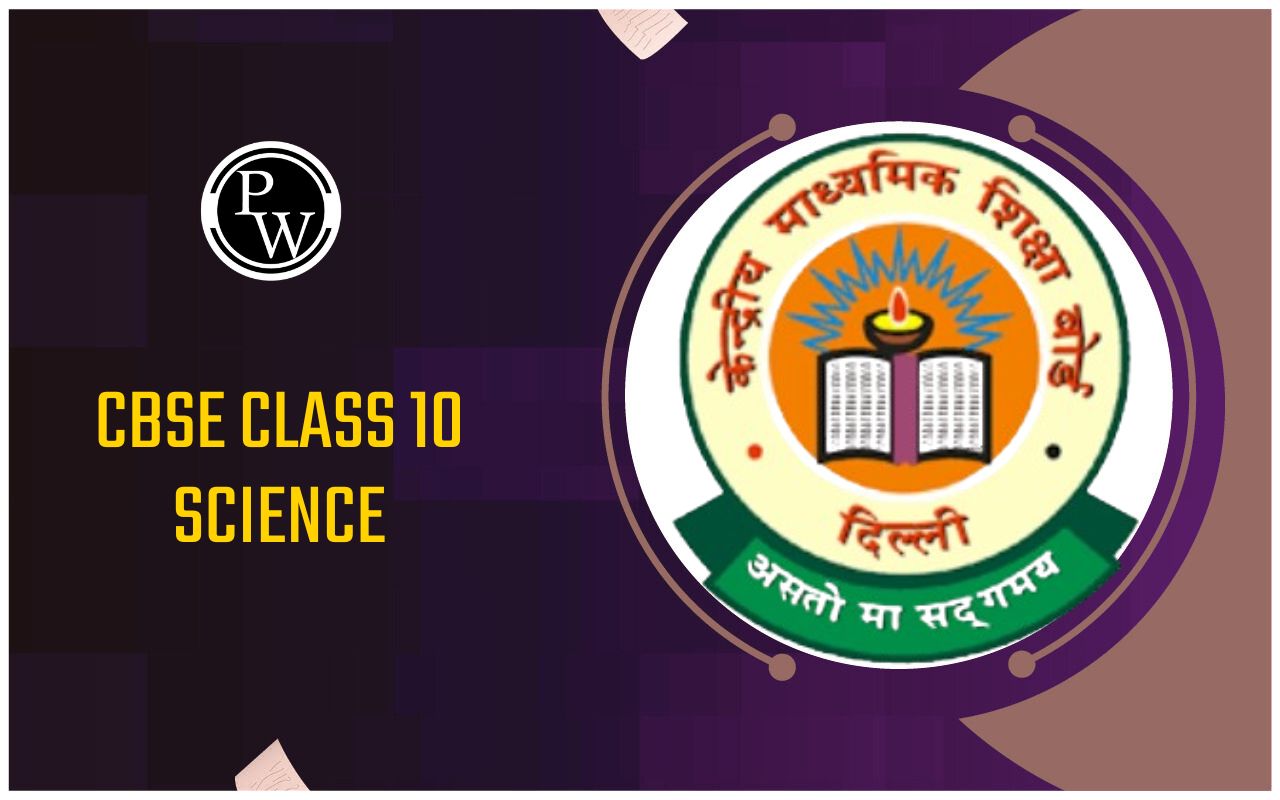

Difference Between Replication And Transcription: DNA replication is the procedure used to produce two daughter strands, each comprising half of the DNA double helix. During the S phase of the cell cycle, this takes place. DNA Helicase and DNA Polymerase are the enzymes involved in this process.
On the other hand, transcription is the procedure used to convert genetic data from DNA to RNA. The cell's G1 and G2 stages are where this process takes place. RNA polymerase is its catalyser. Check out this post to see how they vary from one another.Introduction
Complementary nucleotides must bind to DNA during DNA replication and transcription to produce new DNA and RNA strands. DNA replicates to create two identical copies of the entire genome for cell division. Transcription, on the other hand, is the initial stage of gene expression, which results in the production of crucial proteins for cell function. Transcription only produces RNA from brief DNA sequences. The main difference between transcription and DNA replication is that the former entails making an exact genome copy. In contrast, the latter entails converting the genetic material of a particular DNA segment into RNA.Related Links -
DNA Replication
The process of making two identical copies of one DNA molecule is known as DNA replication. In DNA replication, the genetic information kept in the DNA is passed down through the progeny. Both DNA strands act as templates for replication. As a result, it is believed that DNA replication takes place in a semiconservative way. Each chromosome's origin of replication is where DNA replication begins. The DNA polymerases enzyme family is responsible for the process. A short strand of RNA known as a primer is needed for DNA polymerase to start the replication process. The genome's double helix unwinding creates the replication forks. Several enzymes are connected to the replication at the replication fork. At the replication fork, DNA replication happens in both directions.Difference Between Primary Lymphoid Organs and Secondary Lymphoid Organs
The leading strand is the term used to describe the constantly synthesised new DNA strand. The other strand, known as the lagging strand, is composed of bits known as Okazaki fragments. By incorporating nucleotides that are complementary to the template, DNA polymerase creates the new strand. Starting at the 3′ ends of the preexisting nucleotide chain, nucleotides are added in the 3′ to 5′ direction. The phosphodiester link between the proximal phosphate group and the 3′ OH of the pentose ring of the entering nucleotide creates the sugar-phosphate backbone. The additional enzymes involved in DNA replication are topoisomerase, helicase, DNA primase, and DNA ligase. The telomeric regions of chromosomes are where DNA replication comes to an end. Because the mismatch incorporation rate is less than 1 per 107 integrated nucleotides, DNA polymerases frequently maintain excellent fidelity. Additionally, students offer a 3 to 5-foot proofreading exercise where they can correct any end-to-integrated inconsistencies. On the other hand, mismatches can be corrected by post-replication mismatch repair mechanisms. The final incorporation rate is less than one error per 109 integrated nucleotides. DNA is replicated in vitro using synthetic DNA primers and DNA polymerases derived from bacteria. The polymerase chain reaction is the name of the molecular biological technique used for in vitro DNA replication (PCR). Taq polymerase is the name of the enzyme utilised in PCR. In PCR, DNA primer pairs are commonly used to separate DNA fragments from a known sequence.Difference Between Plant Cells and Animal Cells
Transcription
By using the enzyme RNA polymerase, a DNA sequence is copied into RNA during transcription. To start the gene expression, genes are translated into mRNAs. By reading the antisense DNA strand from 3′ to 5′, RNA polymerase synthesises the mRNA main transcript. The resultant strand of RNA is antiparallel and complementary to the template. It is synthesised in the direction of 5′ to 3′. Coding sequences and regulatory sequences are both parts of a gene. While regulatory sequences control the expression of genes, coding sequences encode the amino acid sequence of a protein. With the help of transcription factors, RNA polymerase binds to the promoter to begin transcription. The unwinding double-stranded promoter's approximately 14 bases make up the transcription bubble created by the binding. Nucleotides are added by RNA polymerase after the transcription initiation site is chosen. The 3′ ends of the main transcript are appended to a polyadenylated tail at the point where the transcription ends.Difference Between Prokaryotic And Eukaryotic Replication
Post-transcriptional alterations refer to the splicing of exons, polyadenylation, and 5′ end capping in eukaryotes. Genes can also produce non-coding RNAs, rRNAs, and tRNAs, essential for synthesising, regulating, and processing proteins.Related Links -
Difference Between Replication And Transcription
| Replication | Transcription |
| Two identical copies of the original double-stranded DNA molecule is created via DNA replication. One original DNA strand makes up each of the new strands. | Using double-stranded DNA, transcription creates a single-stranded RNA molecule. |
| It passes on its full DNA to its progeny. | It produces RNA copies of a certain gene. |
| Enzymes are DNA primase, DNA ligase, topoisomerase, and helicase. | Enzymes are RNA polymerase and transcriptase, a form of DNA helicase. |
| It takes place as the cell prepares to divide during the S phase. | The cell must synthesise proteins in the G1 and G2 phases. |
| Hydrogen bonds hold a newly synthesised DNA strand to its template. | Transcripted RNA emerges from its template. |
| An RNA primer is needed by DNA polymerase to start the replication process. | Primers are not needed for RNA polymerase. |
| The lagging strand produces pieces of Okazaki. | Except the Okazaki fragments, transcription only happens in the 5′ to 3′ direction. |
| There are two daughter strands created. | The production of mRNA, tRNA, rRNA, and non-coding RNA like microRNA. |
| In the nucleus, same DNA is still there. | A larger portion of the product enters the cytoplasm. |
| Through progeny, replicated DNA is conserved. | Even before they start to work, the majority of RNAs are destroyed. |
| DNA that has just been created gets unprocessed. | Post-transcriptional changes are made to transcribe RNAs. |
Difference Between Replication And Transcription <span style=
Why does DNA replication occur?
For DNA replication to begin, there are two processes. A protein known as an initiator initially unravels a short section of the DNA double helix before unraveling the remaining portion. When the helicase protein breaks the hydrogen bonds between the bases on the DNA strands, the two strands of DNA are forced apart.
What function does DNA replication serve before cell division?
A double-stranded DNA molecule is split into two identical DNA molecules during DNA replication. Because every time a cell splits, the two new daughter cells must have the same genetic material, or DNA, as the parent cell, replication is crucial.
Where do transcription and replication take place?
Translation takes place in the cytoplasm, whereas replication and transcription take place in the nucleus.
What enzyme is involved in transcription and replication?
The primary enzyme required for replication is DNA polymerase. A section of DNA is used as a template during transcription to create an RNA sequence. RNA polymerase is the primary enzyme responsible for the transcription. mRNA, rRNA, and tRNA are the three forms of RNA that are created during transcription.
What is the best way to stop transcription?
Until it receives a signal to stop, RNA polymerase will keep on transcription. The final step in the transcription process is called termination, which occurs when the polymerase transcribes a terminator sequence of DNA.
🔥 Trending Blogs
Talk to a counsellorHave doubts? Our support team will be happy to assist you!

Free Learning Resources
PW Books
Notes (Class 10-12)
PW Study Materials
Notes (Class 6-9)
Ncert Solutions
Govt Exams
Class 6th to 12th Online Courses
Govt Job Exams Courses
UPSC Coaching
Defence Exam Coaching
Gate Exam Coaching
Other Exams
Know about Physics Wallah
Physics Wallah is an Indian edtech platform that provides accessible & comprehensive learning experiences to students from Class 6th to postgraduate level. We also provide extensive NCERT solutions, sample paper, NEET, JEE Mains, BITSAT previous year papers & more such resources to students. Physics Wallah also caters to over 3.5 million registered students and over 78 lakh+ Youtube subscribers with 4.8 rating on its app.
We Stand Out because
We provide students with intensive courses with India’s qualified & experienced faculties & mentors. PW strives to make the learning experience comprehensive and accessible for students of all sections of society. We believe in empowering every single student who couldn't dream of a good career in engineering and medical field earlier.
Our Key Focus Areas
Physics Wallah's main focus is to make the learning experience as economical as possible for all students. With our affordable courses like Lakshya, Udaan and Arjuna and many others, we have been able to provide a platform for lakhs of aspirants. From providing Chemistry, Maths, Physics formula to giving e-books of eminent authors like RD Sharma, RS Aggarwal and Lakhmir Singh, PW focuses on every single student's need for preparation.
What Makes Us Different
Physics Wallah strives to develop a comprehensive pedagogical structure for students, where they get a state-of-the-art learning experience with study material and resources. Apart from catering students preparing for JEE Mains and NEET, PW also provides study material for each state board like Uttar Pradesh, Bihar, and others
Copyright © 2025 Physicswallah Limited All rights reserved.
Get App











